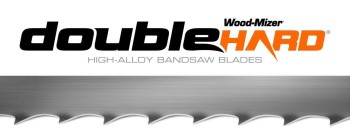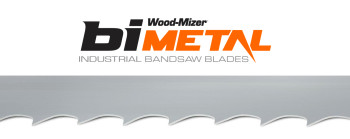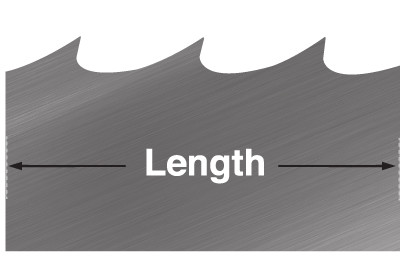
- Images
- Videos
Shop Hud-Son HFE-36 Sawmill Blades! Count on Wood-Mizer sawmill bandsaw blades for unmatched performance across the board.
Shop Hud-Son HFE-36 Sawmill Blades! Count on Wood-Mizer sawmill bandsaw blades for unmatched performance across the board.
Shop 167" sawmill bandsaw blades for your Hud-Son HFE-36 portable sawmill! Count on Wood-Mizer sawmill blades for unmatched performance across the board.






